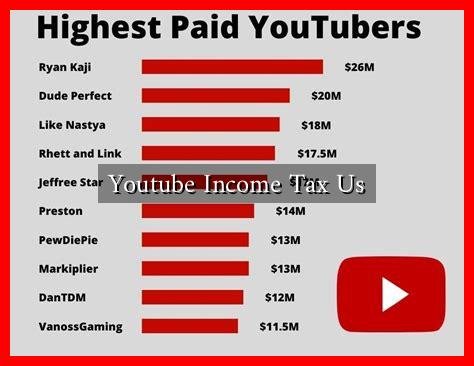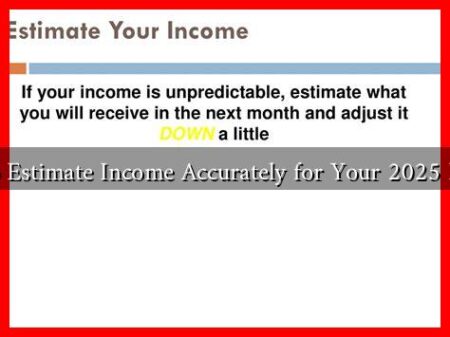-
Table of Contents
YouTube Income Tax in the U.S.: What Creators Need to Know
As the digital landscape continues to evolve, YouTube has emerged as a lucrative platform for content creators. With millions of users and a vast array of monetization options, many individuals are turning their passion for video creation into a full-time career. However, with this opportunity comes the responsibility of understanding income tax obligations. This article will explore the intricacies of YouTube income tax in the U.S., providing valuable insights for creators navigating this complex landscape.
Understanding YouTube Income Sources
Before diving into tax obligations, it’s essential to understand the various income sources available to YouTube creators. These can include:
- Ad Revenue: Earnings from ads displayed on videos through the YouTube Partner Program.
- Sponsorships: Payments from brands for promoting their products or services in videos.
- Merchandise Sales: Income generated from selling branded merchandise to fans.
- Memberships and Donations: Revenue from channel memberships and platforms like Patreon.
- Affiliate Marketing: Commissions earned from promoting products and services through affiliate links.
Tax Classification of YouTube Income
In the eyes of the IRS, income earned from YouTube is generally classified as self-employment income.
. This means that creators are responsible for reporting their earnings and paying taxes accordingly. Here are some key points to consider:
- Self-Employment Tax: Creators must pay self-employment tax, which covers Social Security and Medicare taxes. This is in addition to regular income tax.
- Estimated Taxes: Since taxes are not withheld from YouTube earnings, creators may need to make estimated tax payments quarterly to avoid penalties.
- Tax Deductions: Creators can deduct certain business expenses, such as equipment, software, and home office costs, which can significantly reduce taxable income.
Filing Taxes as a YouTube Creator
Filing taxes as a YouTube creator can be daunting, but understanding the process can simplify it. Here’s a step-by-step guide:
- Keep Accurate Records: Maintain detailed records of all income and expenses related to your YouTube channel.
- Use the Right Forms: Most creators will need to file a Schedule C (Form 1040) to report income and expenses from self-employment.
- Calculate Self-Employment Tax: Use Schedule SE (Form 1040) to calculate self-employment tax owed.
- Consider Professional Help: If your income is substantial or your tax situation is complex, consider hiring a tax professional with experience in digital content creation.
Case Study: A Successful YouTube Creator
To illustrate the tax implications, let’s consider the case of Jane, a YouTube creator who earns $100,000 annually from her channel. Here’s how her tax situation might look:
- Gross Income: $100,000
- Business Expenses: $20,000 (equipment, software, etc.)
- Net Income: $80,000
- Self-Employment Tax: Approximately $11,000 (15.3% of net income)
- Total Tax Liability: Varies based on Jane’s overall tax bracket and deductions.
This example highlights the importance of tracking expenses and understanding tax obligations to avoid surprises at tax time.
Resources for YouTube Creators
For further information on tax obligations and best practices, creators can refer to the following resources:
- IRS Self-Employed Individuals Tax Center
- YouTube Creators Official Page
- Nolo: Tax Tips for YouTube Creators
Conclusion
Understanding YouTube income tax in the U.S. is crucial for creators looking to monetize their content effectively. By recognizing the various income sources, tax classifications, and filing requirements, creators can navigate their tax obligations with confidence. Keeping accurate records and considering professional assistance can further streamline the process. As the digital content landscape continues to grow, staying informed about tax responsibilities will empower creators to focus on what they do best: creating engaging content for their audience.





